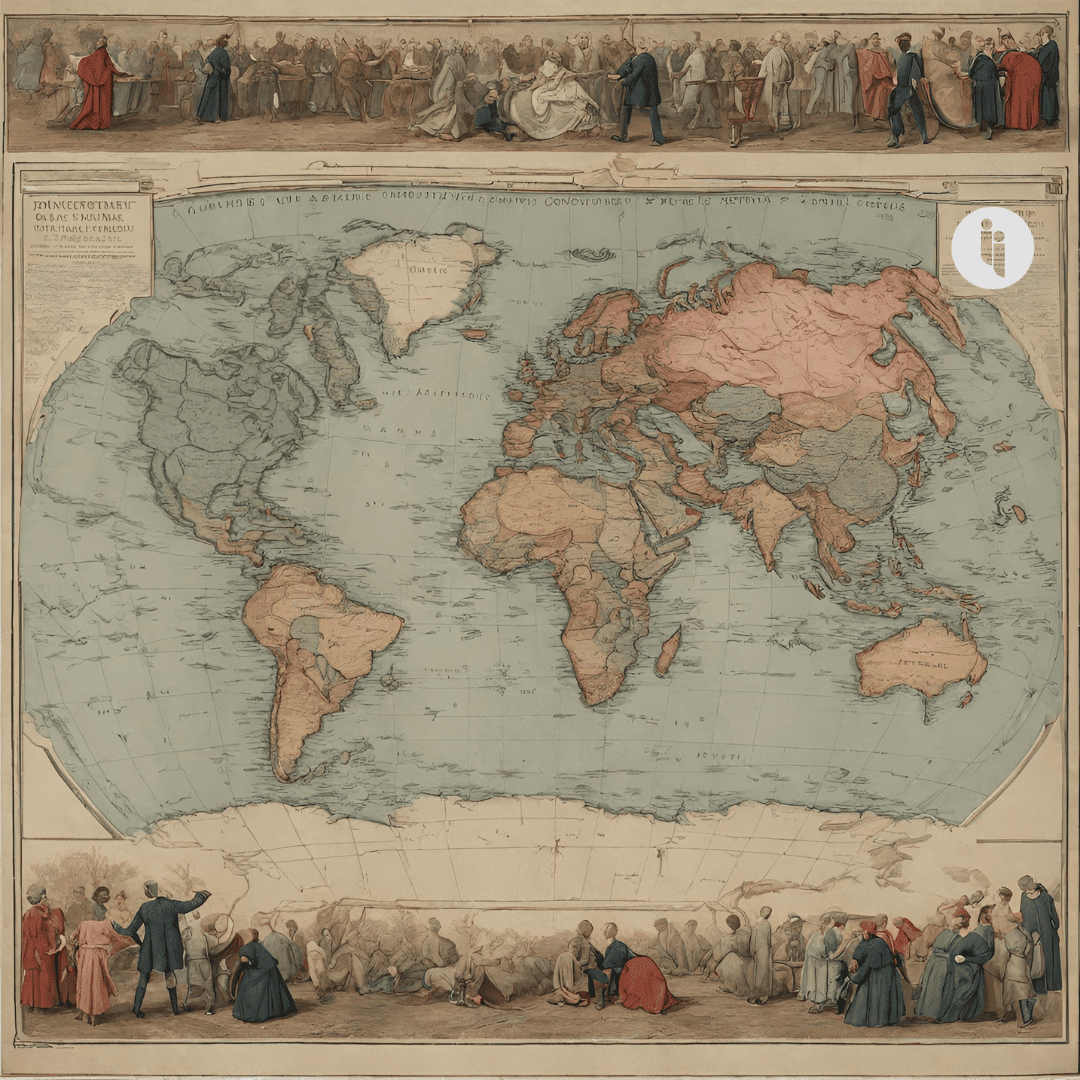Saturday marked two years since Russia’s full-scale invasion of Ukraine.
Not wanting to sound like your uncle on Thanksgiving here, but it’s hard to believe it was a year ago that US President Biden made a surprise trip to Kyiv, in a visit we described as sending different signals to different capitals:
- In Kyiv, we said his message was to “keep fighting”
- For Moscow, it was “find yourself an exit”
- In Beijing, it meant “don’t get involved”
- For other Western capitals, it meant “stick together”, and
- Back in Washington, it meant “stay the course”.
So now, another year on, let’s take a look at each of those capitals again.
Stay on top of your world from inside your inbox.
Subscribe for free today and receive way much more insights.
Trusted by 99,000+ subscribers
No spam. No noise. Unsubscribe any time.
🇺🇦 Kyiv – still standing
85% (🇺🇦) of Ukrainians still believe Ukraine will win. But they’re starting to split over when this might happen, what it might look like, and what it might cost.
That reflects the battlefield realities. Ukraine has virtually destroyed Russia’s pre-war army, but Russia has just built another. And that’s modern warfare – without a knock-out blow, it’s a war of attrition, won by sheer military-industrial power.
And right now, Russia’s size and structure give it an attritional advantage.
🇷🇺 Moscow – still fighting
Adapting to initial failures, President Putin has doubled-down while absorbing staggering losses: an estimated 315,000 Russian troops have been killed or injured. That’s six times what the Soviets lost in Afghanistan, in a fifth of the time.
Meanwhile back home, Putin’s skirting of Western sanctions has bought him breathing space to triple his defence spending and produce more shells than the US and EU combined. And abroad, he’s enlisted help from Iran (for drones), North Korea (for shells and rockets), and China (see below).
So for now, the question is whether Putin’s pain threshold, and his determination to right what he sees as historical wrongs, can outlast the West’s resolve.
🇨🇳 Beijing – still leveraging
China’s ‘no limits’ partnership has stuck within non-lethal limits so far, offering Russia an economic lifeline via a quarter trillion dollars in trade (up 26%), and plugging gaps with items like Kevlar vests, microchips, and light vehicles.
From Beijing’s perspective, the status quo has its advantages, delivering a distracted West and a subservient Russia, while projecting itself as a source of stability. It also allows China to focus on its economic woes back home.
🌍 Other Western capitals – still together?
Spurred on by doubts about future US aid, Europe’s leaders continue to see support for Ukraine as key to Europe’s security – five EU and six NATO members border Russia, many with their own experiences of Russian invasion.
But at a popular level, Europeans don’t seem to share the urgency. And that might impact how Europe handles its ongoing lags in defence production, its continued consumption of Russian gas, or its continued business presence in Russia.
🇺🇸 Washington, DC – still deciding
Further US aid to Ukraine now depends on how things play out in Congress, where there’s slim margins and a degree of fatigue – some lawmakers argue the US should focus closer to home and let Europe do more of the heavy-lifting.
US support for Ukraine has been a tiny percentage of total US defence spending, and it’s mostly been spent at home. But it’s still had an outsized impact on Ukraine’s self-defence, and backers say it upholds US credibility against rivals like North Korea and China.
INTRIGUE’S TAKE
For decades, there’d been this vast gulf between US power and the rest of the world – the US could succeed, make mistakes, miss opportunities, gift Jurassic Park to the world, and still have the time, space, and wherewithal to course-correct.
But these days, if the US decides it’s been making a mistake in Ukraine (one way or another), the cost of fixing it will be higher, and the window narrower.
Also worth noting:
- US President Biden announced hundreds of new sanctions against Russia on Friday, including some reaching Russia-linked firms in China, the UAE, Vietnam, and Liechtenstein.
- Four world leaders (from Belgium, Canada, the EU, and Italy) made a surprise joint appearance in Kyiv on Saturday to demonstrate unity.
- Ukraine’s president, Volodymyr Zelenskyy, also gave an address over the weekend, declaring Ukraine is “730 days closer to victory”. Separately, he made a rare public reference to Ukrainian casualties, saying 31,000 soldiers had died. Western intel puts it at 70,000.







